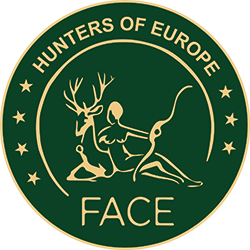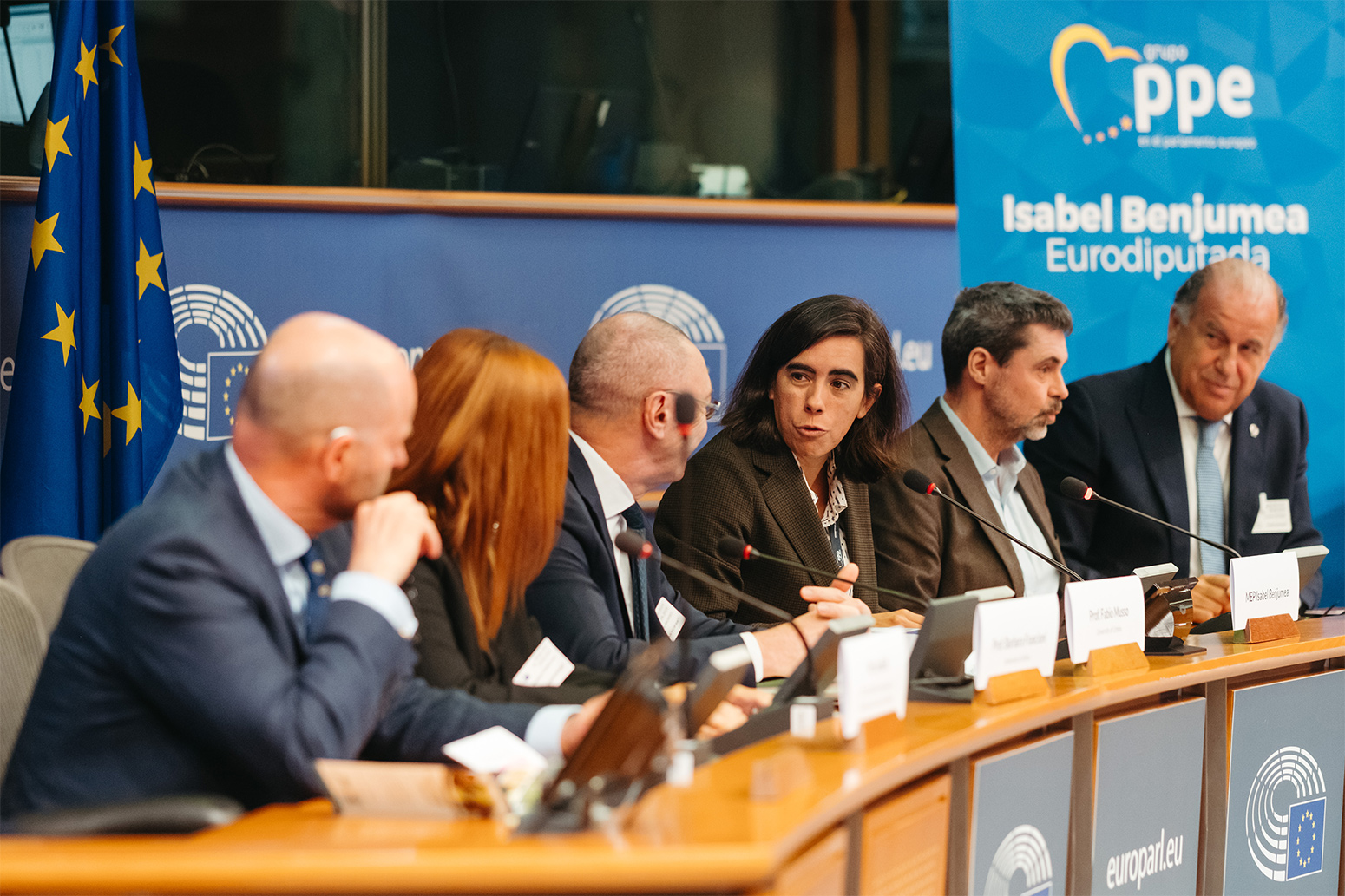
08 Oct 2025 New study: Hunting and shooting contribute €180 billion annually to Europe’s economy
Brussels, 30 September 2025 – EP Event on “The socio-economic impact of hunting, sports shooting, and the related sectors in Europe” – A landmark academic study presented in the European Parliament shows that hunting, sports shooting, and related sectors contribute €180 billion annually to Europe’s economy, supporting more than 1.1 million jobs across 30 countries, including all EU Member States, Norway, Switzerland and the United Kingdom.
The study conducted by the University of Urbino shows that the sector, together with its related services, supply chains and induced effects, generates an annual value of €180 billion, representing an average of 0.99% of Gross Domestic Product (GDP). In total, more than 1.12 million employees are involved across the 30 countries analysed, including all EU Member States as well as Norway, Switzerland and the United Kingdom.
In her opening remarks, MEP Isabel Benjumea welcomed the participants and stressed that the European decision-makers should carefully take into account such studies when making key decisions that affect sectors which are clearly economically important and socially rooted. In her opening speech, Mrs Benjumea underlined that: “Hunting, sports shooting and their related sectors demonstrate strong benefits to society, which must be safeguarded, supported, and actively promoted”.
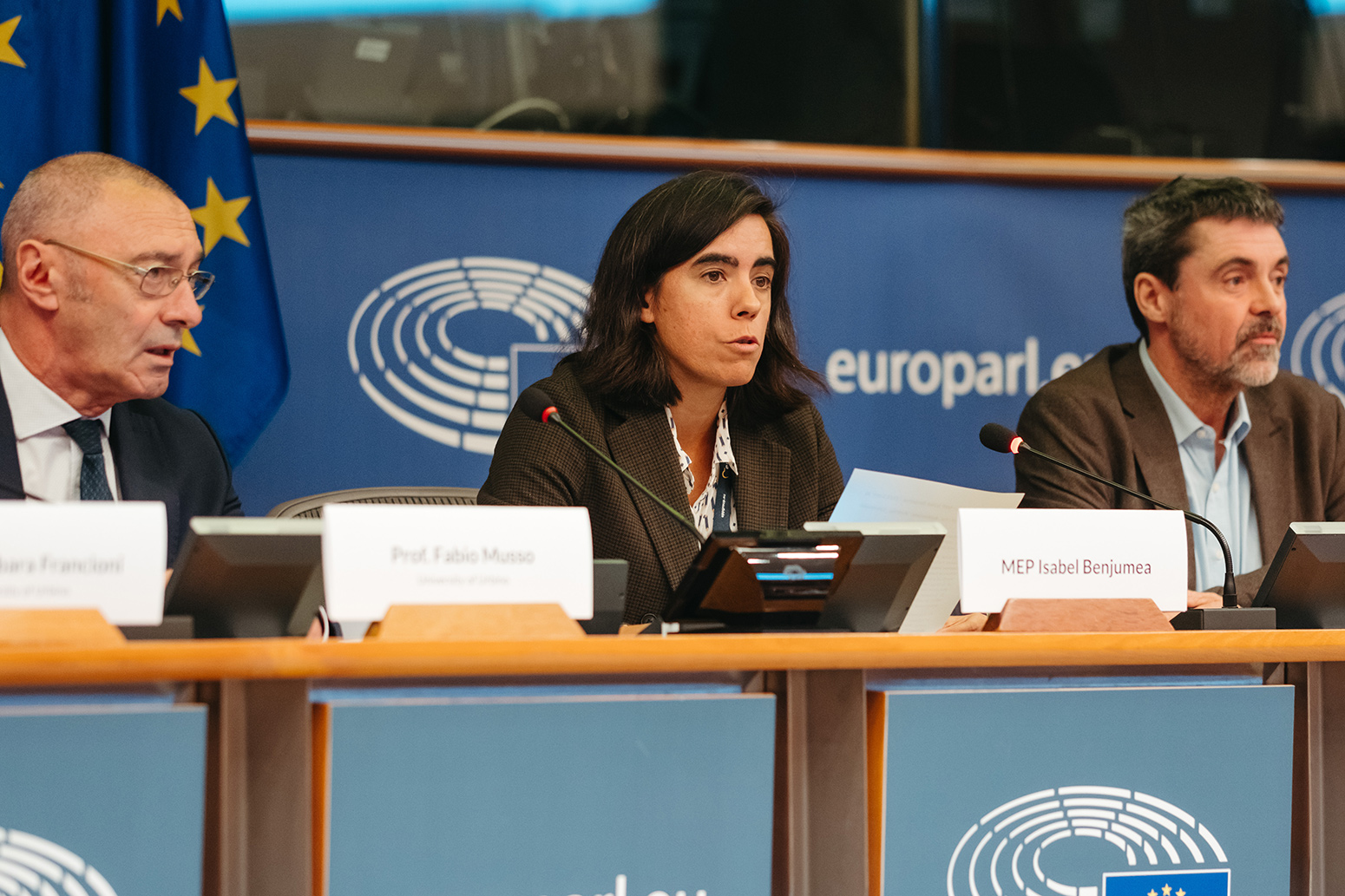
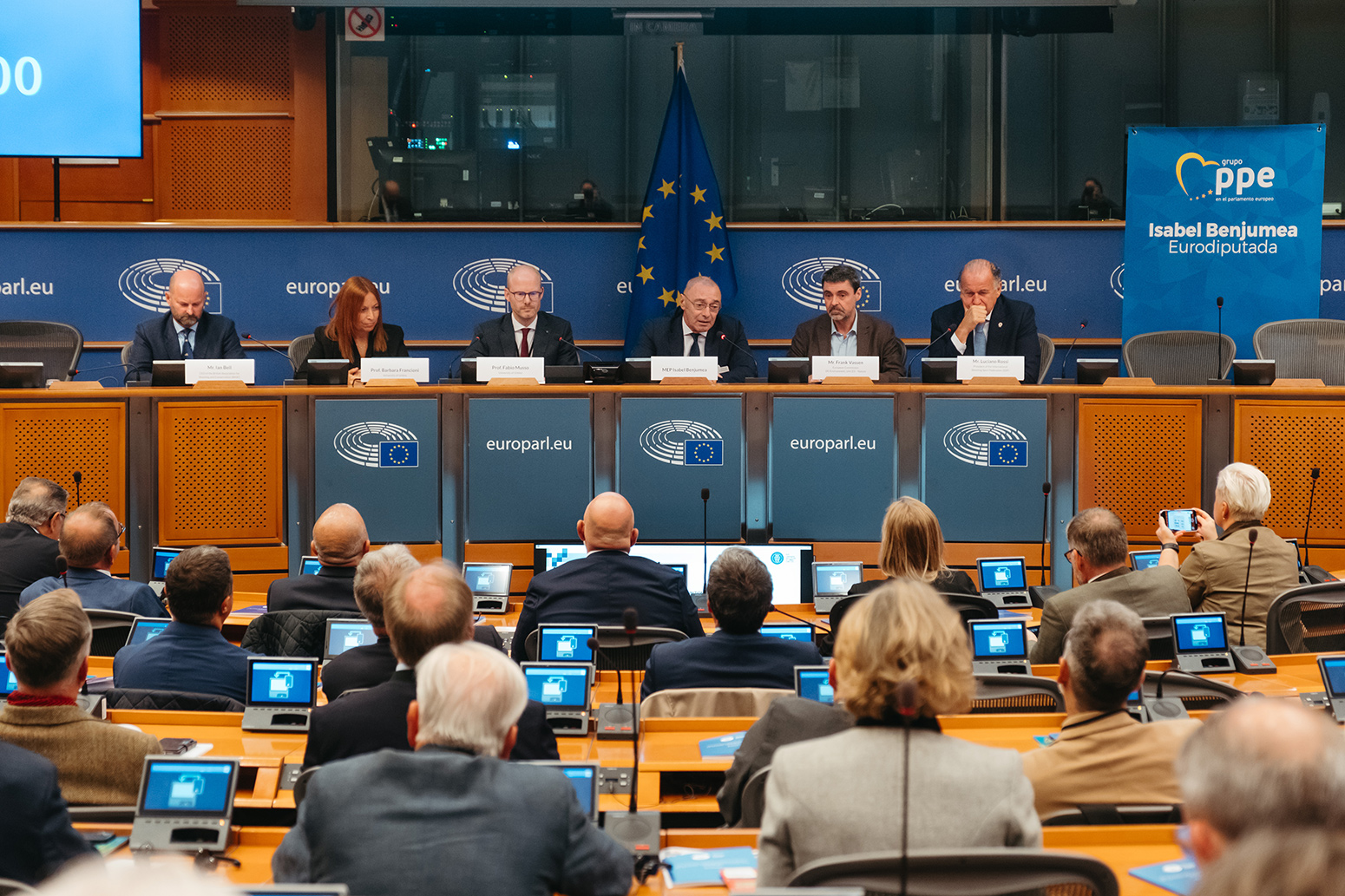
Delivering the keynote address, Mr. Frank Vassen, European Commission, stated: “The European Union has a strong legal framework in place to safeguard its species and their habitats. Ensuring a healthy environment is essential to secure a long-term future for Europe’s wildlife and the people that depend on it, including hunters. Looking ahead, the new Nature Restoration Law will be central to improving resilience, ensuring that biodiversity can thrive for the benefit of nature, society, and future generations”.
Prof. Fabio Musso, leading author of the study, stated that: “Building on the successful experience of a similar study conducted previously in Italy, we decided to embark on a more far-reaching project aimed at analysing the socio-economic impact of the civil firearms and ammunition sectors at European level. The result is a one-of-a-kind study, which provides a thorough assessment of the whole sector and its value in terms of turnover and employment.”
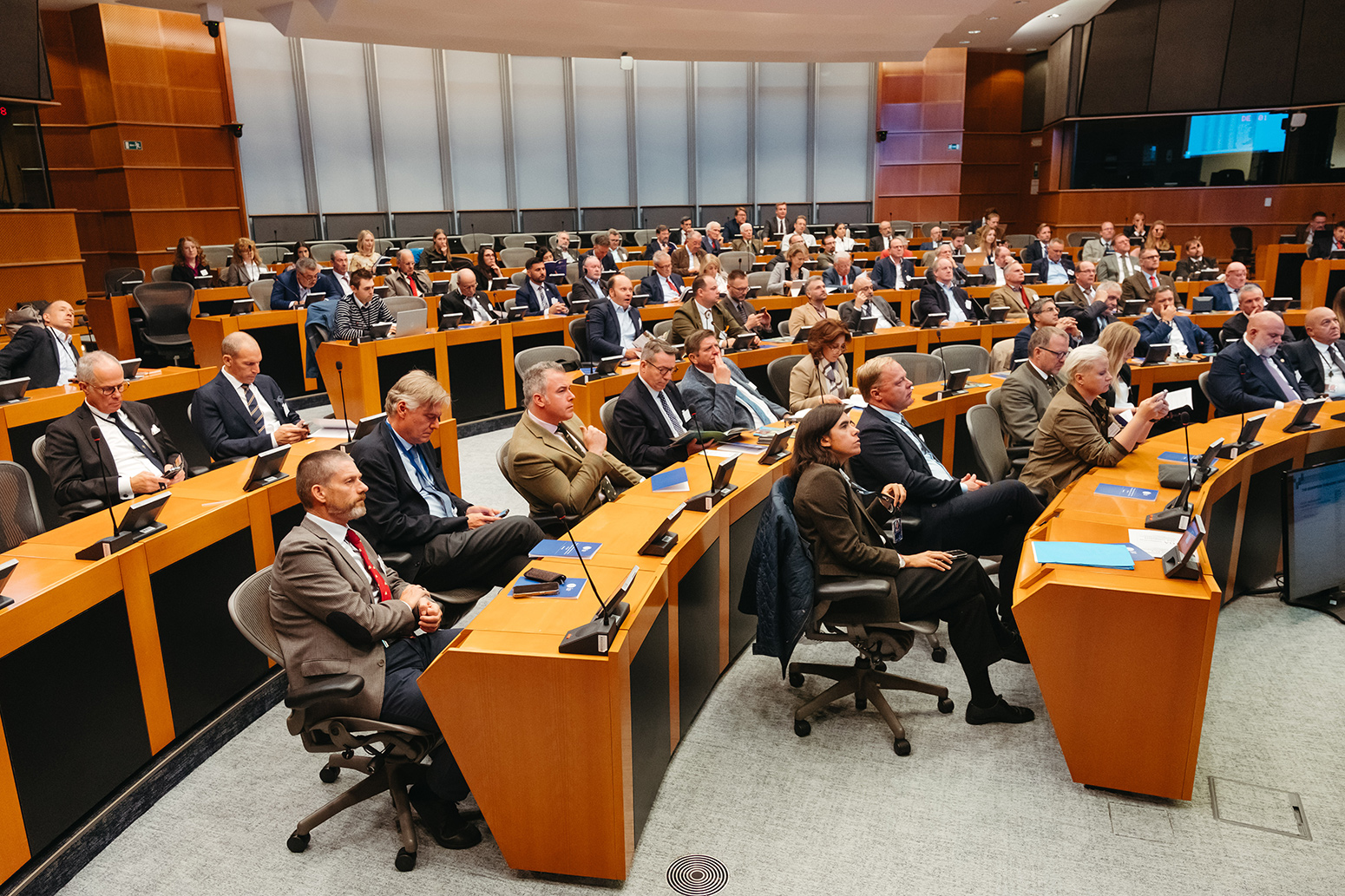
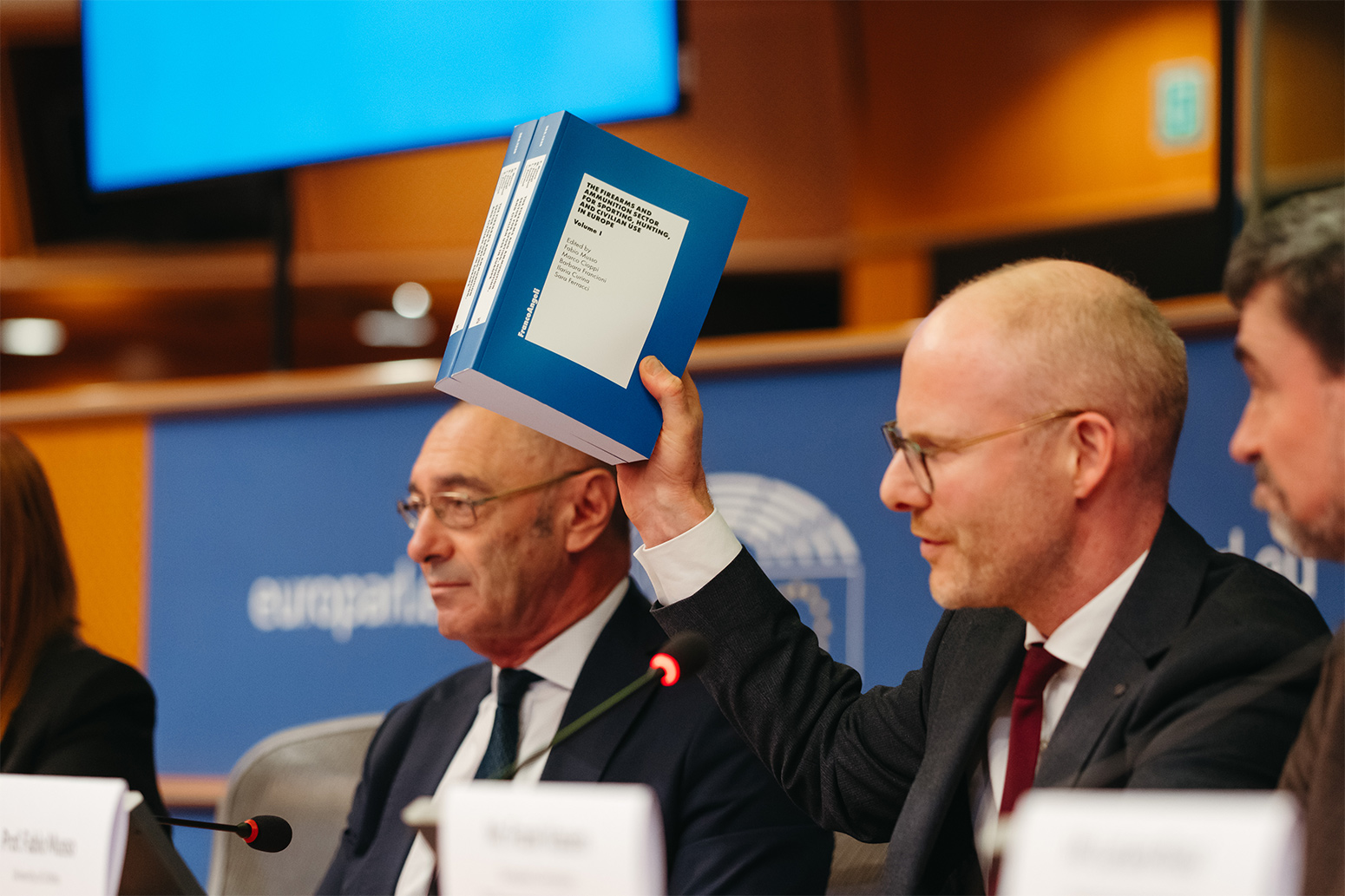
This economic activity is directly linked to Europe’s hunting and shooting sports sectors. Europe’s hunters and sports shooters, whose combined annual expenditure – excluding the purchase of firearms and ammunition – amounts to €96.3 billion. Employment linked to this final demand represents 84,691 employees in products and 490,936 employees in services. The study also underlines the strong trade performance of the sector, with the European firearms industry recording a €1.36 billion trade surplus and the ammunition industry adding another €399 million. This export strength is complemented by the nearly €96.3 billion annual expenditure of hunters and sport shooters.
The study identifies 218 firearms companies with 16,188 employees, generating a turnover of €3.27 billion. The ammunition industry counts 193 companies and 10,822 employees, with a turnover of €2.54 billion. Both industries record a clear trade surplus, with exports exceeding imports. The components industry includes 637 companies and 6,842 employees, while auxiliary sectors employ 40,023 workers with an estimated turnover of €6.28 billion.
The study concludes that the firearms and ammunition sector for civilian use, including upstream (supply chain) and downstream (distribution structure) sectors as well as products and services connected to hunting and sports shooting, is far from a niche activity. It represents a robust contributor to European trade and employment, sustaining communities and supporting a broad network of industries across the continent.
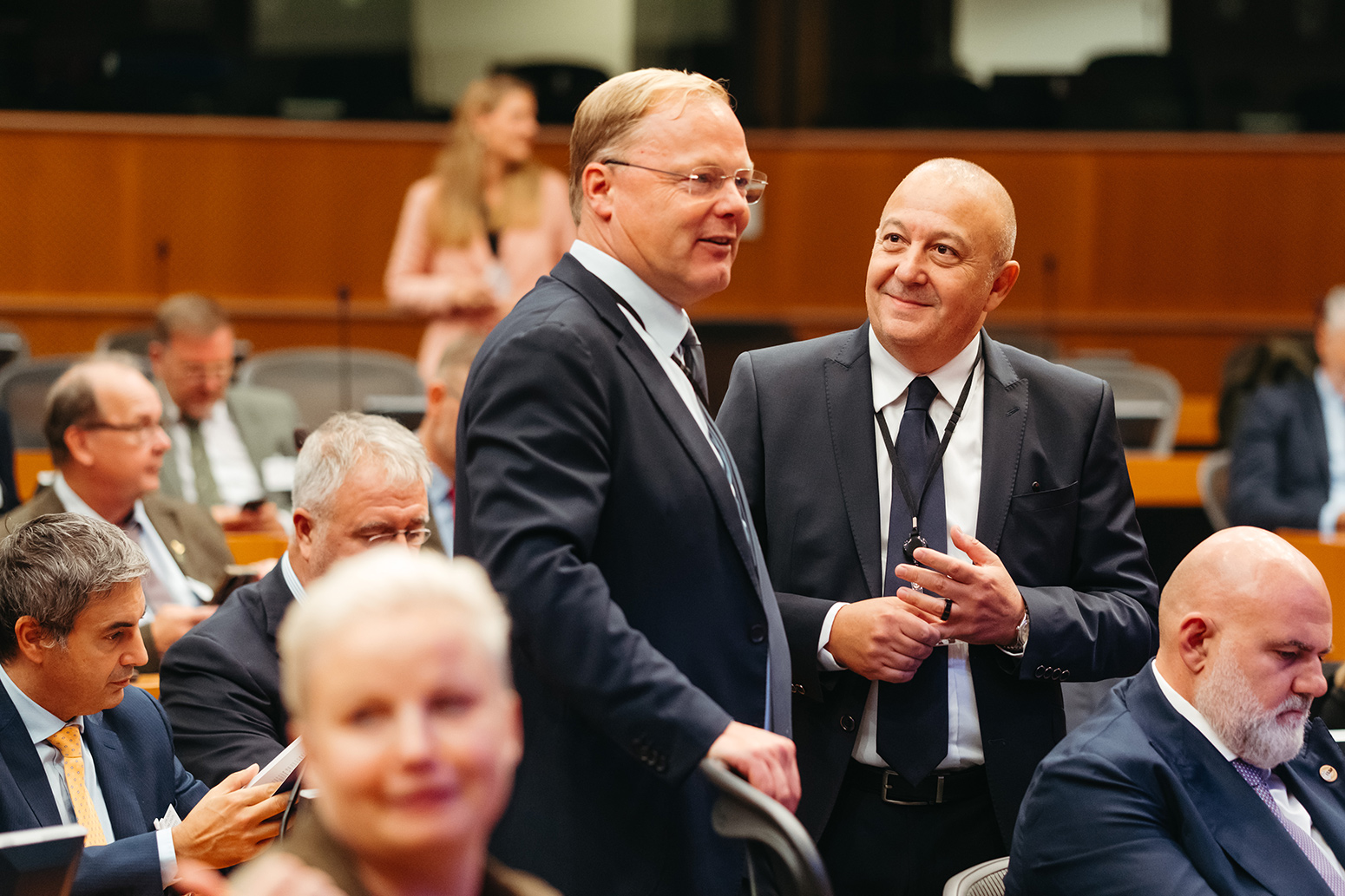
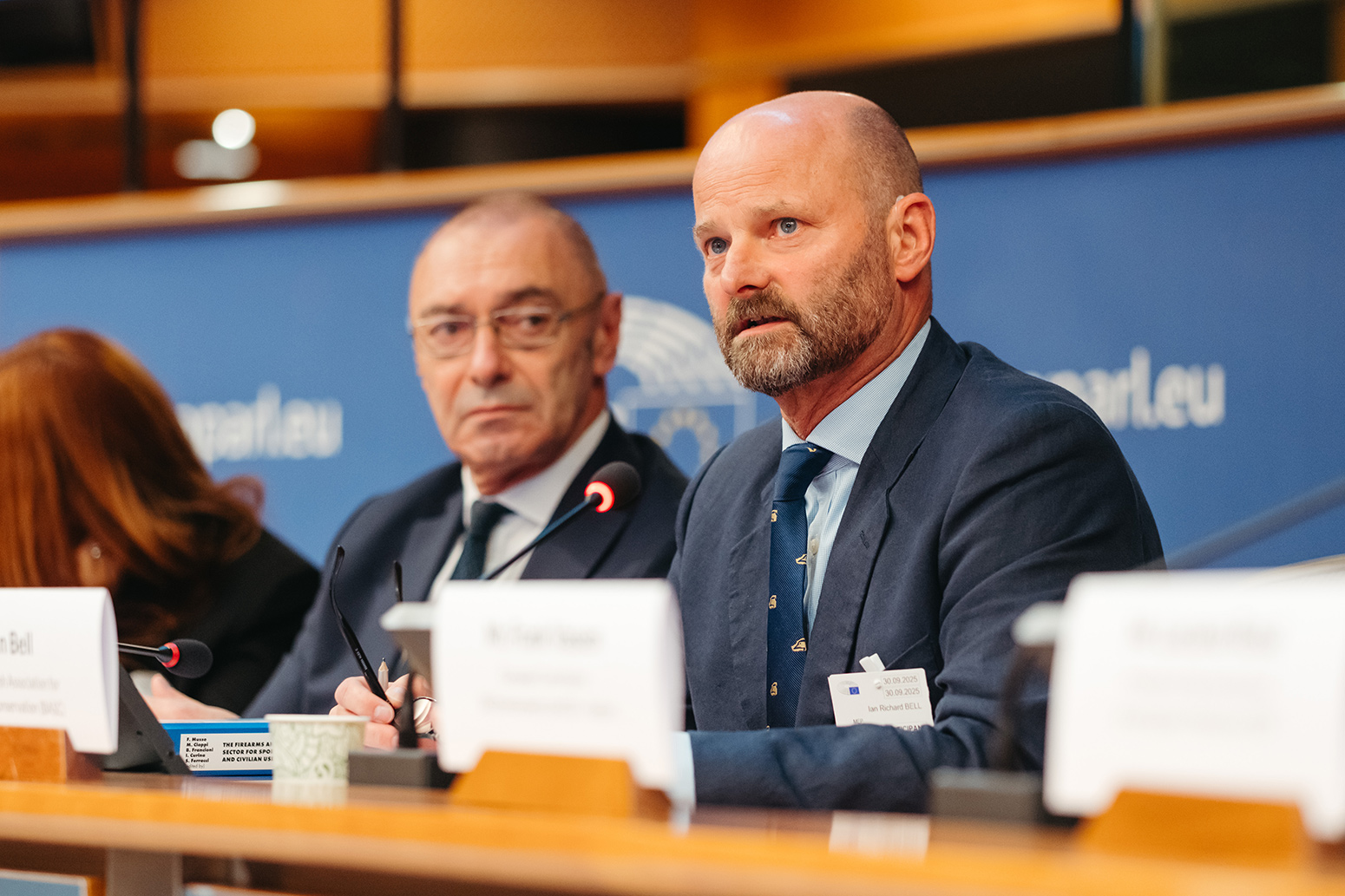
Speaking at the event, Mr. Laurens Hoedemaker, President of FACE, stated that he was delighted that FACE could contribute to the coordination of this critical meeting in the European Parliament. He added that: “This new study is great news for 7 million hunters across Europe, as it shows our socio-economic value is larger than previous studies have shown. FACE’s job is to ensure that we have strong frameworks at the European level to support hunters, including a healthy countryside that supports people and wildlife.”
Mr. Ian Bell, Chief Executive of BASC, underlined the value of game shooting in the UK, stating: “Shooting enriches nature, boosts wellbeing, and supports the rural economy. In the UK alone, shooting contributes £3.3 billion GVA annually, manages over 7.6 million hectares for wildlife, and supports 146,700 jobs. Beyond the economic impact, shooting delivers friendship, a sense of purpose, and provides healthy wild game for the table – it is clearly of immense value to both people and nature.”
Mr. Thierry Jacobs, AFEMS President, said: “We thank the University of Urbino for such groundbreaking research shedding light on the significant socio-economic impact of our sector in Europe. We believe it is of fundamental importance having a better understanding of the weight of the sector as a whole, which contributes almost 1% to the GDP of Europe. This is something that European Institutions should acknowledge and take into account.”
Ms. Bertille Seive, IEACS President, highlighted that “There are many already existing studies conducted at national level on the socio-economic impact of our sector; however, unlike this study, they often differ from one another in both the scope and the methodology applied. This is certainly what makes the research by the University of Urbino rather unique. From a firearms industry perspective, we are glad of the significant contribution of our European companies, which together employ over 16 thousand people and generate a turnover of around 3 billion euros.”
Mr. Luciano Rossi, ISSF President, added: “We are very pleased with this new study that shows the economic value of sports shooting. I particularly appreciate the holistic approach taken by authors of the study, because sports shooting and sports shooters are part of and connected to a successful industry and a strong shooting community.”
While comprehensive, the study did not examine other important dimensions of hunting and shooting. For example, it did not assess the economic contribution of wild game meat to hunters and the broader society, nor the environmental and social benefits of hunting. Many of these aspects were captured in the UK presentation as a national case study, but represent areas where further research is intended, ensuring a fuller picture can be developed in the future.
